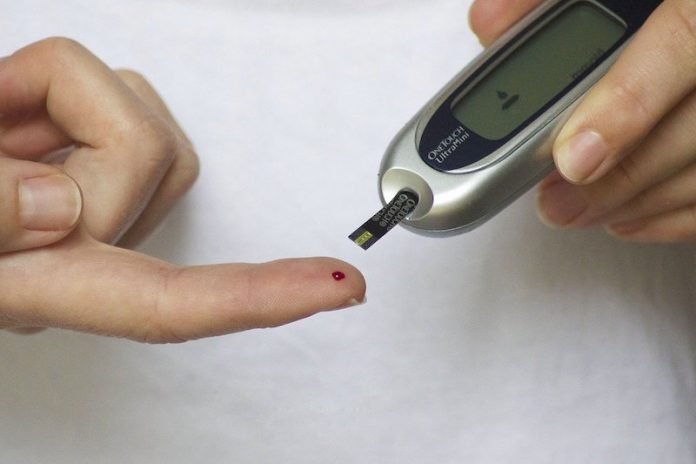
In a new study, researchers found that early signs of being more susceptible to type 2 diabetes as an adult can be seen in children as young as 8 years old, decades before it is likely to be diagnosed.
The research looked at the effects of a genetic risk score for developing type 2 diabetes as an adult on metabolism measured from blood samples taken from the participants in the study when they were aged 8, 16, 18, and 25 years.
The study tracked over 4,000 participants in the Children of the 90s—a health study established at the University of Bristol in the early 1990s.
Researchers combined genetic information with an approach called ‘metabolomics’, which involves measuring many small molecules in a blood sample, to try and identify patterns that are specific to early stages of type 2 diabetes development.
The team says diabetes is most common in older age, but they see signs of disease susceptibility very early on—about 50 years before it’s usually diagnosed.
Knowing what these early signs look like widens the window of opportunity to intervene much earlier and stop diabetes before it becomes harmful.
The study was conducted among young people who were generally free of type 2 diabetes and other chronic diseases to see how early in life the effects of being more susceptible to adult diabetes become visible.
In particular, certain types of HDL cholesterol were reduced at age 8 before other types of cholesterol including LDL were raised; inflammation and amino acids were also elevated by 16 and 18 years old. These differences widened over time.
The team says they focused on the effects of susceptibility rather than on the clinical disease itself. This does not mean that young people ‘already have adult diabetes’; these are subtle differences in the metabolism of young people who are more prone to developing it later in life.
One author of the study is Dr. Joshua Bell.
The study is published in Diabetes Care.
Copyright © 2020 Knowridge Science Report. All rights reserved.



